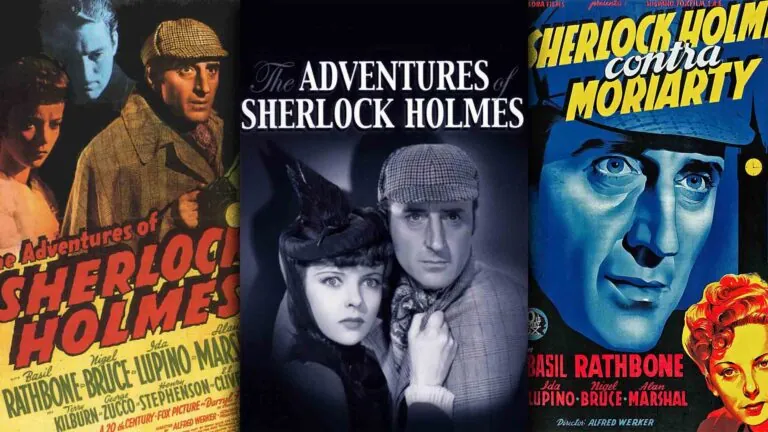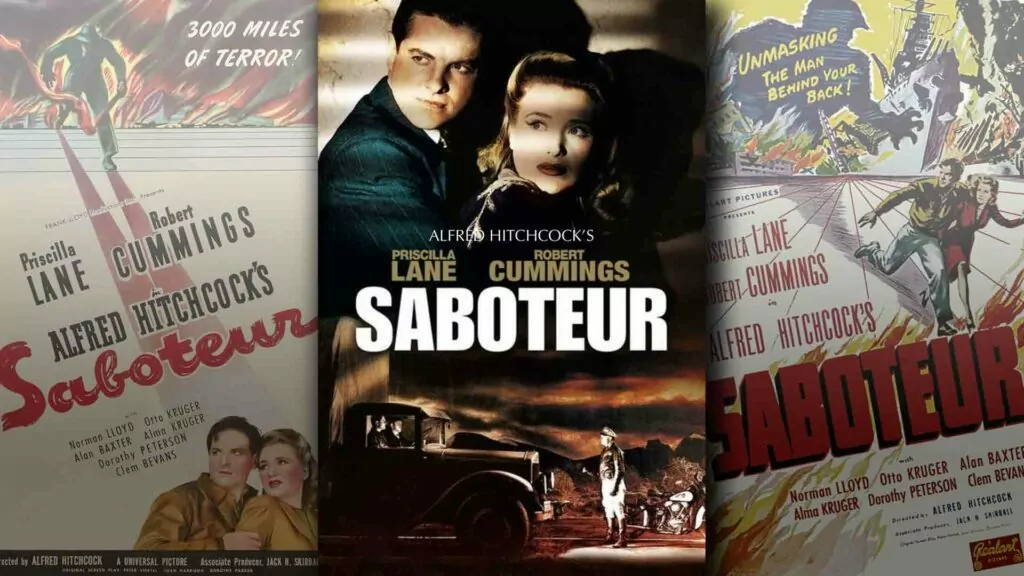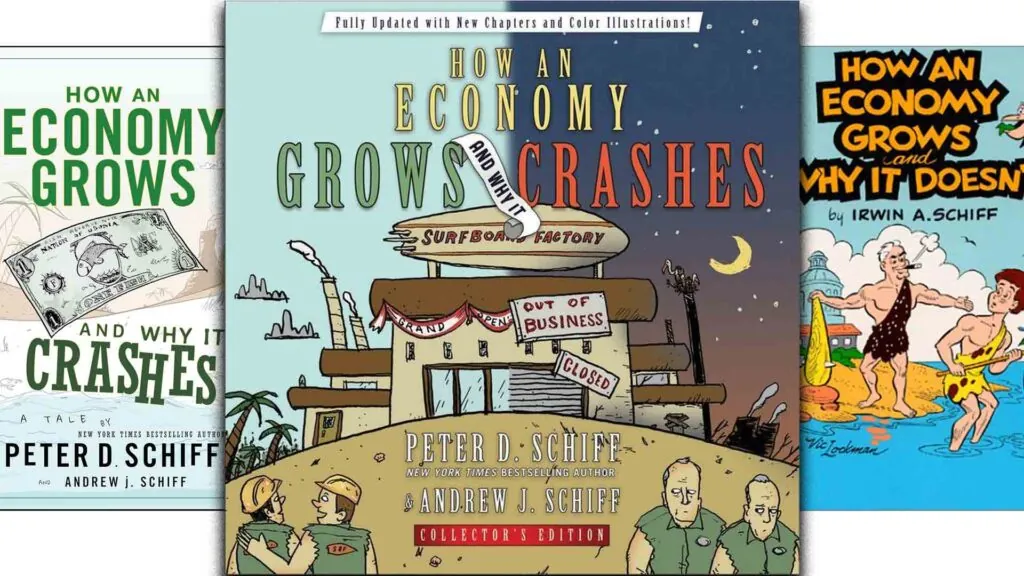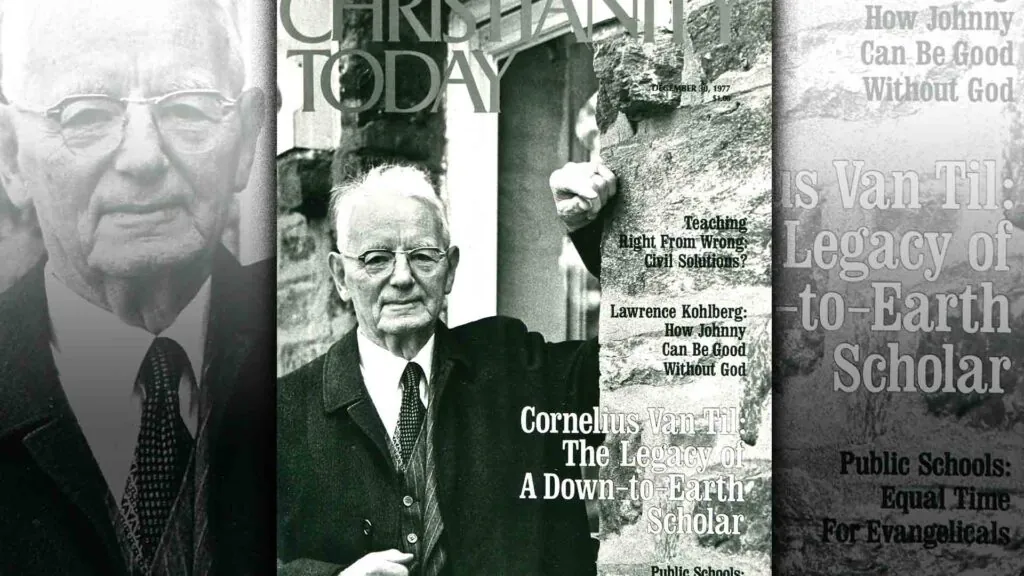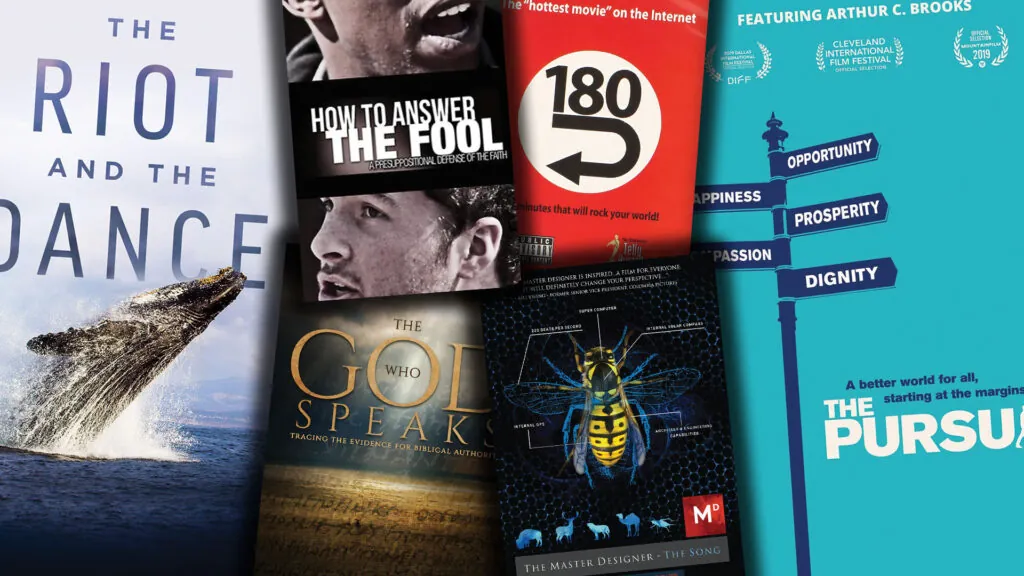Drama / Mystery
1939 / 79 minutes
RATING: 8/10
If there is any one film that deserves the primary credit as the inspiration for the many cinematic Holmesian interpretations that followed, this would be it. It seems like everybody who has played the principal part since is building on Basil Rathbone’s performance here.
In the opening scene we see Holmes’s arch-nemesis, the brilliant, villainous Professor Moriarty, quite literally getting away with murder. He is in court, standing trial, and the jury has returned to declare they find him “not guilty,” not because they think him at all innocent, but only because they don’t have the evidence they need.
So what is Moriarty going to do now that he has been set free again? He pledges to Holmes that “I am going to break you, Holmes. I am going to bring out, right under your nose, the most incredible crime of the century and you will never suspect until it is too late. And that will be the end of you, Mr. Sherlock Holmes.”
And with that, the game is afoot!
Cautions
While two people are murdered, it happens off screen. The scariest part is probably the mood music.
The only other concern is the question of whether Sherlock Holmes needed to bring this to the resolution he did. I don’t want to give spoilers, so I’ll just say, a discussion might be had about what happens at precisely the 77-minute mark.
Other cautions concern not this film, but others in the series. The author of the Sherlock Holmes books, Sir Arthur Conan Doyle, was a spiritualist who sought out communication with the dead via séances. That side of Doyle doesn’t seem to fit with Holmes, who comes off as a materialist. But in The Hound of the Baskerville, a brief impromptu séance is had at a dinner party. It’s presented as hardly controversial, and seemingly akin to an entertaining “party game,” as if some might play cards after the meal, while others try to contact the dead. Holmes isn’t present, and that makes sense – he’d have had to uncover the chicanery. The whole thing isn’t key to the story, but does add to the eeriness. It also serves as a reminder that while Sherlock Holmes is a cultural icon in the West best known for being logical, he isn’t always logical, and he isn’t the G-rated character parents might remember. Another example: in the opening of the second novel, The Sign of Four, we find Holmes using opium to quell his restless mind. This addiction comes up in the Hound of the Baskervilles film, though not in a way that kids would understand. It is the last line of the movie, when Holmes says goodnight to everyone, then turns back and says, “Oh, Watson. The needle.”
Conclusion
Adventures of Sherlock Holmes was the second, and probably the best, in a series of 14 Sherlock Holmes movies made between 1939 and 1946, all starring Rathbone as Holmes and Nigel Bruce as Dr. John Watson. The whole series is quiet entertaining, with Rathbone offering up, in my opinion, the very best Holmes’ portrayal. The main flaw in these films is that they’ve made Watson more a doddering bumbler than the capable veteran surgeon he is in the books, probably to, by way of contrast, show the more sharply how brilliant Holmes is. But the books’ thoughtful Watson was still struck by Holmes’ brilliance, so this Watson downgrade just isn’t needed.
The first and this second film in this series are set in the novels’ original Victorian era, but then the next dozen films take Holmes forward in time to the World War II setting when these films were actually being made. That’s a fun bit of time travel – starting with the third film, Sherlock Holmes and the Voice of Terror (1942) we get to see Holmes’ brilliance pitted against conniving Nazis. The duo aren’t the only time travelers, however – Professor Moriarty makes his presence felt further on in the series. These would rate only a 6 or 7, but some, like Sherlock Holmes and the Secret Weapon (1942, and the fourth in the series) were popular enough to be colorized, making them that much more of an attractive watch for modern audiences. And for those of us who can’t get enough of Rathbone’s Holmes these are all a treat.
As to age appropriateness, there are murders aplenty throughout the series, so this isn’t for the very young. But the lack of gore, and the black and white film, take a lot of the edge off of any scariness. Kids over 12 likely won’t have any problems with the tension.
I’ll list the whole series here, and add a rating as I watch them.
VICTORIA ERA
1. The Hound of the Baskervilles – 1939, 80 minutes – 7/10
2. The Adventures of Sherlock Holmes – 1939, 79 minutes – 8/10
SET DURING WW II
3. Sherlock Holmes and the Voice of Terror – 1942, 65 minutes – 6/10
4. Sherlock Holmes and the Secret Weapon – 1942, 68 minutes – 6/10 (colorized)
5. Sherlock Holmes in Washington – 1943, 71 minutes – 7/10
6. Sherlock Holmes Faces Death – 1943, 68 minutes
7. The Spider Woman – 1944, 62 minutes
8. The Scarlet Claw – 1944, 74 minutes
9. The Pearl of Death – 1944, 69 minutes
10. The House of Fear – 1945, 69 minutes
11. The Woman in Green – 1945, 68 minutes – 5/10 (colorized)
12. Pursuit to Algiers – 1945, 65 minutes
13. Terror by Night – 1946, 60 minutes – 7/10 (colorized)
14. Dressed to Kill – 1946, 72 minutes – 7/10 (colorized)
The plot of Adventures of Sherlock Holmes wasn’t based on Sir Arthur Conan Doyle’s short story collection of the same name, but it does a great job of living up to its spirit. If you like the books, you should give this one a try.
I couldn’t find a proper movie trailer, but here’s a clip of the opening scene that’ll give you a good taste of what is to come.







